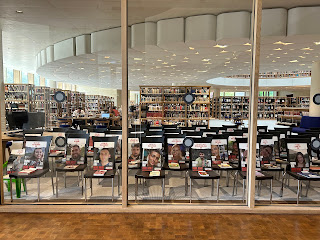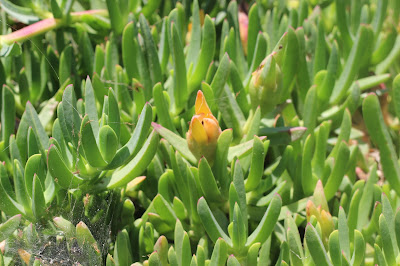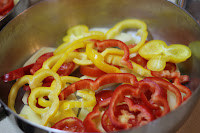This has been a very busy week volunteering. My pattern seems to be food related – cooking, sorting, boxing… All of these places I served support food needs around the country through many different pathways. From a weekly delivery of foods such as fresh vegetables and fruits directly to people’s homes, to a monthly delivery of non-perishable foods, low cost markets, preparing and delivering meals, to free soup kitchens, organizations make sure people in need have a way to feed themselves or be fed. Some of these families have been receiving food for longer than the war. But many families are receiving food due to the war such as business failures or the primary wage earner may have been called up to serve in the army.
Monday I went to Pantry Packers, the food distribution arm of Tzedakah Central/Colel Chabad, the oldest continuously operating network of social services in Israel – established in 1788. Here I sat in front of an ingredient feeder that filled plastic bags with oatmeal. I was part of a team that included 2 couples from Minneapolis. This was a great opportunity for me to use my skills in process improvement. There were five us to prepare the bags with stickers, including ones that say “Prepared for you by Margot and the names of the couples.” who were filling the prepared bags, sealing the bags, and putting them in the right box. The person who trained us played a training video that seemed to assume that everyone would do that whole process. We divided the tasks among all five of us, and by the time we finished we had completed 203 bags. It was coincidental that our leader was married to someone in Seattle, whose family I’ve known for years. And he was my grandson Shimon’s roommate at their yeshiva (school) in Jerusalem several years ago.
Tuesday I returned to Food Rescuers where I cooked on Sunday. I prepared onions and red peppers for roasting and later peeled and sliced eight very large avocados. With some time left I went down to where the fruits and vegetables are delivered and sorted. I removed the bad outside leaves of cabbage, so the heads looked brand new. It’s important to all of the agencies that I’ve worked that that families who receive food donations feel as important and valued.. Every single piece of produce is examined to be sure it is without blemishes out of respect for the recipient families.
Yesterday, Wednesday, I volunteered at Tachlit, another very large food distribution organization. There everyone had a role to play in filling boxes with six different types of produce: red peppers, green or orange peppers, bananas, cucumbers, tomatoes, and zucchini, each in its own plastic container. There were about 25 volunteers in the refrigerated room working so quickly and efficiency that we literally went through all of several types of produce. Of course, as we finished, another delivery came and brought more.
Since most of the volunteer jobs were time limited, from 1.5 to 3 hours, I had time each day to reintroduce myself to Jerusalem, a city where I lived for three months in 2012. One day I went to Machane Yehuda, the shuk. (market) and Ben Yehuda Street. And yesterday I went to the Old City and the Kotel. My favorite was the brand-new National Library of Israel, dedicated to collecting the cultural treasures of Israel and of the Jewish heritage. The library was supposed to open on October 12, 2023. Obviously, that didn’t happen, but it did open that fall. The library holds more than 5 million books, antique manuscripts; robots pulling books off shelves in an automated store room; an interactive display on a giant 65-ft. screen, ancient incantation bowls, rare recordings of cultural ceremonies, and so much more. The building itself is magnificent, and what it contains is even more remarkable.
I’ve been asking lots of questions about the war with a variety of Israeli’s. The cab driver that drove me to my hotel today was particularly verbal in his response. When he couldn’t think of a word in English he was using Google translate to get his message across. At one point he started talking about Netanyahu and his voice became louder and louder as he was trying to get the point across that he thought the prime minister should “go find something else to do”. He kept saying over and over - "Israel is the country of the Jews. And that's final"
On the bus one day I spoke with a young man in his 20’s about his experience since the war started. He had previously served in the army but was recalled on October 8. He was assigned to the north where Hezbollah was shooting rockets from Lebanon into the north of Israel. then he was sent down to the Gaza border where he experienced similar actions by Hamas. He said although you become accustomed to the sounds of weapons, there is still a fear that doesn’t end, especially at night. He also commented about how important it is to protect Israel.
Tomorrow, Friday, I will volunteer at a restaurant making 250 sandwiches and Shabbat dinners for soldiers. Sunday I will be taking a tour to the south where all of the massacres took place on October 7., 2024. I’m sure it will be disturbing, but I believe important to experience.
























































